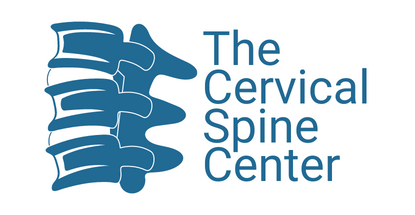Cervical Stenosis is usually due to progressive and worsening Cervical Degeneration. As patients lose disc height and integrity, there is no cushion for the cervical bones and the added stress causes cervical osteophytes to develop. As the osteophytes worsen, they grow anteriorly (to the front) and posteriorly (to the back) can compress the spinal cord causing Cervical Myelopathy. When the osteophytes grow posteriorly, they can approach the spinal cord and cause compression. Depending on the degree of compression, patients may or may not have symptoms of Cervical Myelopathy. Sometimes patients are diagnosed with Cervical Stenosis, but the compression is minimal and they are asymptomatic. When Cervical Stenosis becomes symptomatic, patients usually develop Cervical Neck Pain and/or Cervical Myelopathy. Cervical Stenosis can also cause Foraminal Stenosis and lead to Cervical Radiculopathy with or without Cervical Myelopathy. An MRI of the Cervical Spine is the gold standard for diagnosing patients with Cervical Stenosis. Depending on their presentation and symptoms, most patients will be started on a course of conservative care including non-steroidal anti-inflammatory agents and physical therapy. Only in patients with Cervical Myelopathy in the presence of Cervical Stenosis would surgery be considered sooner than later. Most patients can be treated with anterior cervical decompression and fusion although some patients may have severe degeneration and require both an anterior and posterior approach for surgical care. The goal of the surgeon is to treat with conservative care when possible and only reserve surgery for patients who: (1) fail conservative therapy, or (2) have severe weakness and at risk for paralysis. The majority of patients with Cervical Stenosis will respond to conservative care and not require surgery. Cervical stenosis can also occur at more than one level; when this occurs, it can span from C3-4 to C6-7 and rather than a multi-level anterior approach, your surgeon may decide to perform a posterior decompression and fusion to address all levels at once.

Cervical Stenosis
The Cervical Center is dedicated to the treatment and outcomes of patients who suffer from problems related to the cervical spine including any condition related to bone, nerve, or soft tissue. Our program is focused on high quality clinical outcomes and the most effective treatments for all conditions related to the cervical spine.



